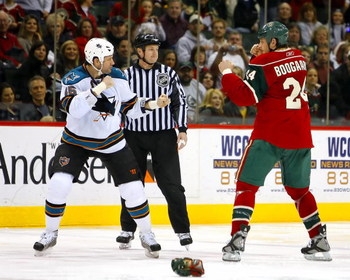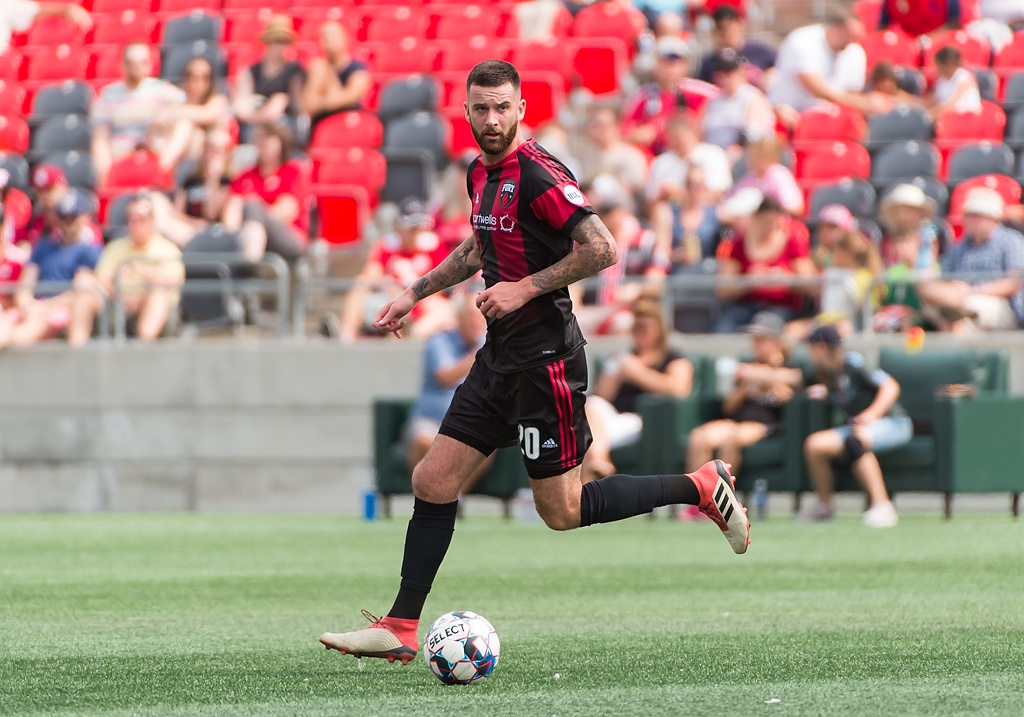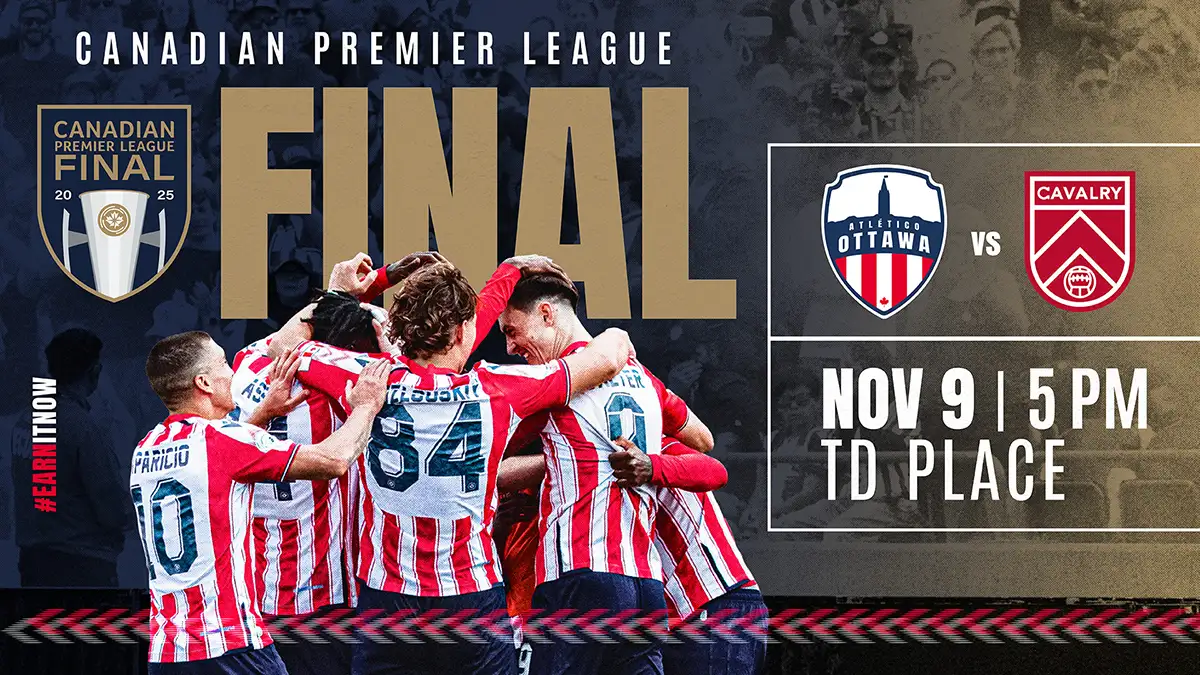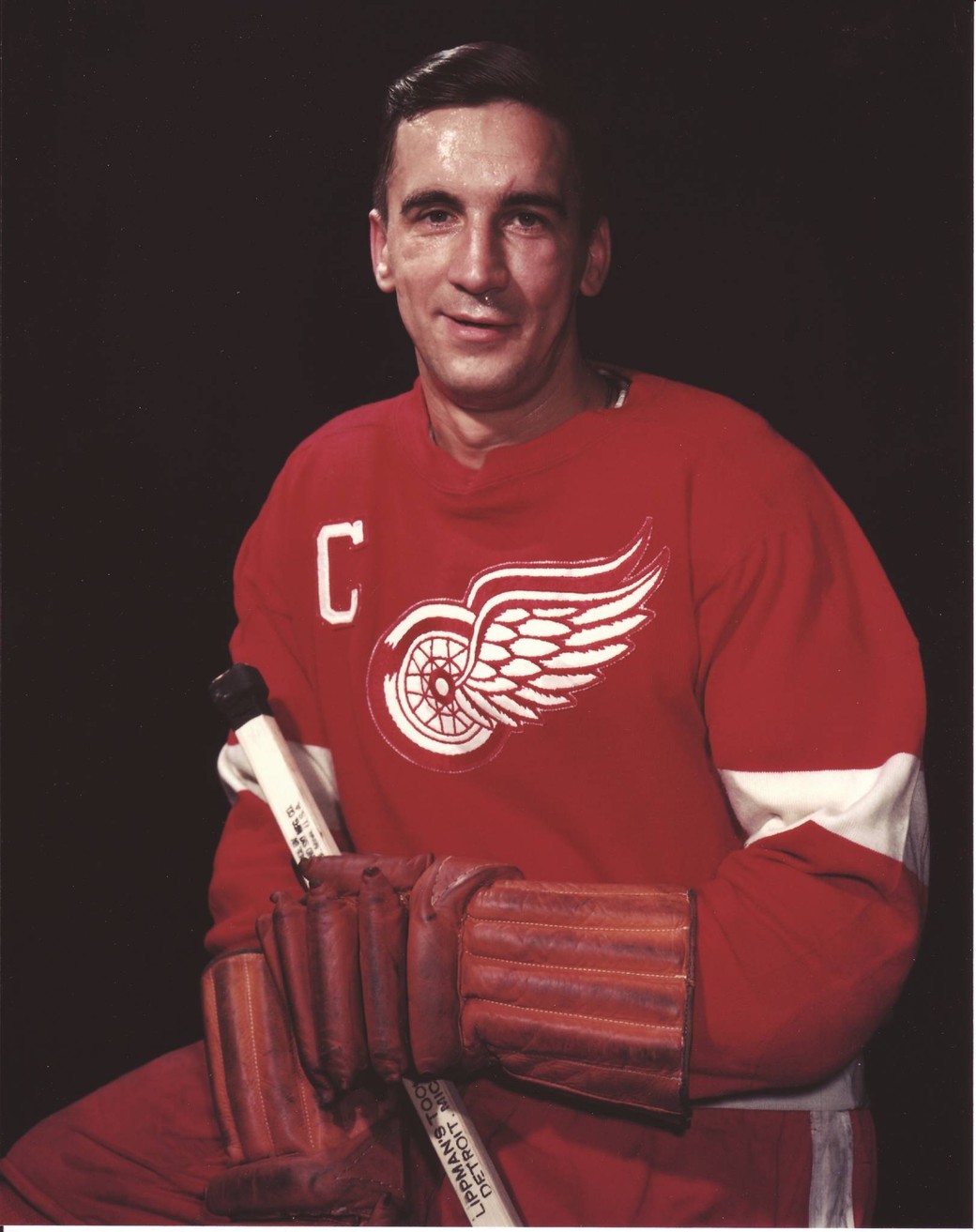
Hockey’s Summer of Discontent
Wade Belak was found dead last week in Toronto. He committed suicide. He had a wife and two children and was only 35 years old. His is the latest in a string of deaths of National Hockey League enforcers. Only a few weeks ago Rick Rypien of the Winnipeg Jets committed suicide as well. In May of this year Derek Boogaard of the New York Rangers was found dead in his home after consuming a toxic mix of drugs and alcohol. It was July 2010 when Bob Probert – one of hockey’s most feared fighters – died at the age of 45. Although his death was due to a heart attack, he also had a long history of drug and alcohol abuse. His death raised few questions about the potential dangers of a professional life spent fighting other hockey players. Perhaps it should have. But the death of three players in only a few months whose main role was to fight will invariably draw attention to this aspect of the game.
Hockey is unique among North America’s professional team sports for having players whose only notable skill is knowing how to fight. Wade Belak, Rick Rypien, Derek Boogaard and Bob Probert and others like them all had the same job. Over an 82 game schedule an enforcer’s role is to go out night after night to intimidate the other team. Not always, but often this entails fighting the opposing team’s enforcer. At some point over the course of the game the two players will be on the ice at the same time. Both know that it isn’t a coincidence. If the players line up against each other at a face off the fight will begin the moment the puck is dropped: better to drop the gloves before any energy has been wasted skating. Occasionally a landed punch is so precise and so hard that the opposing player is knocked unconscious. More typically a nose might be broken or teeth knocked out. Most fights are relatively short; a long fight might be two minutes long. But by the end of those two minutes the combatants often look exhausted, weary and sometimes bloodied. Afterwards they might exchange pats on the back as a sign of mutual respect. Their shared effort draws ovations from the crowd. More recently team mates have started hitting the boards with their sticks to mark their own appreciation. Both reactions also amount to tacit approvals of this part of the game. Fighting, we are often told, is an integral part of hockey. Fights change a game’s momentum and they keep players honest. Besides those who fight willingly accept their role and rarely get seriously hurt doing so – or so it seemed.

It’s understandable that people would think the job of an enforcer is a relatively safe occupation. Even among players of exceptional strength, Wade Belak, Derek Boorgaard and Bob Probert were giants. They were tall, broad shouldered, strong and knew, as the saying goes, how to handle themselves. With the exception of Bob Probert in his prime, they played only a few minutes a game. Otherwise they would sit either patiently on the bench or in the penalty box. It is easy to assume that they had grown accustomed to the rigors of fighting and approached the task fearlessly. And even the most active fighters don’t do so every game. But the players themselves are beginning to hint at a much darker story. Wade Belak talked about the physical toll fighting took on his body. He spoke about his anxiety over fighting. If he knew he was to fight a certain player, he would have troubles sleeping the night before the game. He may have realized that fighters are becoming faster and stronger with each passing year. They learn to throw their fists with lightning speed. Perhaps he feared being on the wrong end of the sort of punch that could knock him unconscious. Or perhaps he sensed that receiving repeated blows to the head was slowly eroding his mental well being.
Indeed, it is a player’s struggles off the ice that are helping to expose the dangers of an enforcer’s on ice roles. Far away from the rink and far removed from their last game those who passed away were struggling to cope with life. Still we must be careful not to establish a causal connection between a player’s role as fighter and, in the cases of Rick Rypien and now Wade Belak, their suicide. Rick Rypien had long battled depression and the disease has run through his family. Wade Belak’s mother revealed that he also suffered from the disease. For all we know, time spent at the rink with teammates and in front of crowds may have given them a temporary reprieve from their mental struggles. (Could this be why Rick Rypien and Wade Belak committed suicide in the summer?)

Nevertheless the emerging science of brain injuries suggests that repeated head trauma can inflict long-term damage to the brain. The effects of fighting are not as necessarily as overt as those suffered due to a body check induced concussion. After a fight a player may not suffer from dizziness or a pounding headache. The dangers are more subtle, insidious. But this is what renders the damage to the brain a fighter might sustain a bigger challenge to the game’s future. The cumulative effects of a professional life of fighting are harder, if not impossible, to detect until it is too late. A player makes an exceedingly comfortable living while playing and then retires while still in the prime of his life. Only later may symptoms of brain injury be manifest. And the symptoms are varied. Depression is only one among many possibilities. Retired players might experience memory loss or, like Bob Probert, be prone to angry outbursts. As they get older, they might be more susceptible to dementia. Science will soon shine a much brighter light on what a life spent fighting can potentially do to the brain. What we learn may not be pretty and will likely only fuel the belief that fighting is a part of the game hockey should do without.
Besides the scripted element to fighting makes a mockery of the reasons constantly invoked to justify its ongoing presence in the game. When Wade Belak was a Toronto Maple Leaf and Brian McGrattan an Ottawa Senator, how did a fight between the two change the momentum of the game? How did it serve to keep other players “honest?” Why does the need for fighting suddenly disappear during the playoffs, when the game can be played at a fever pitched pace? We can appreciate the fighter’s courage, but should dispense with the idea that his role serves any useful purpose or is integral to the game. Hockey must evolve before more lives are prematurely lost.









